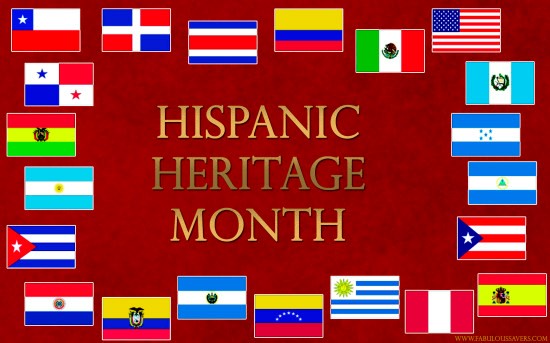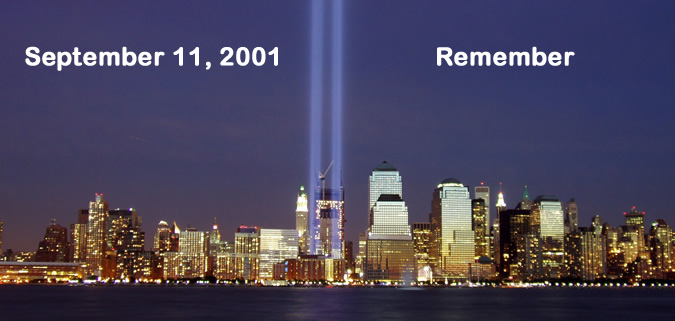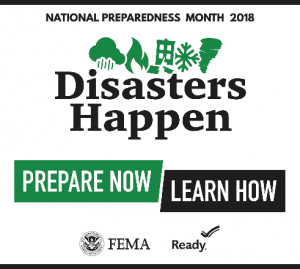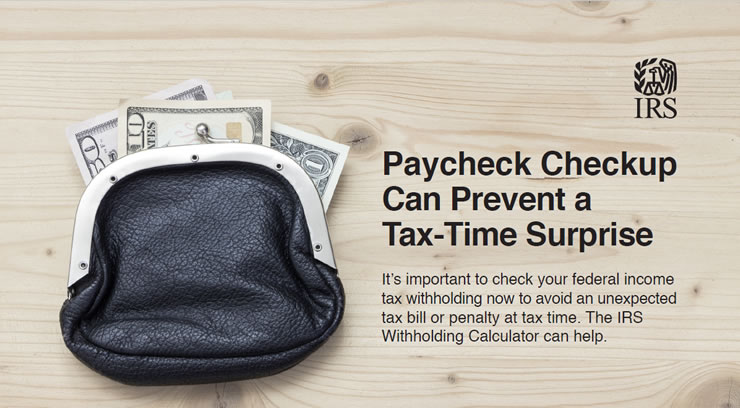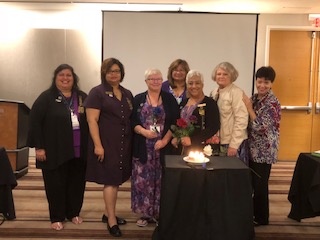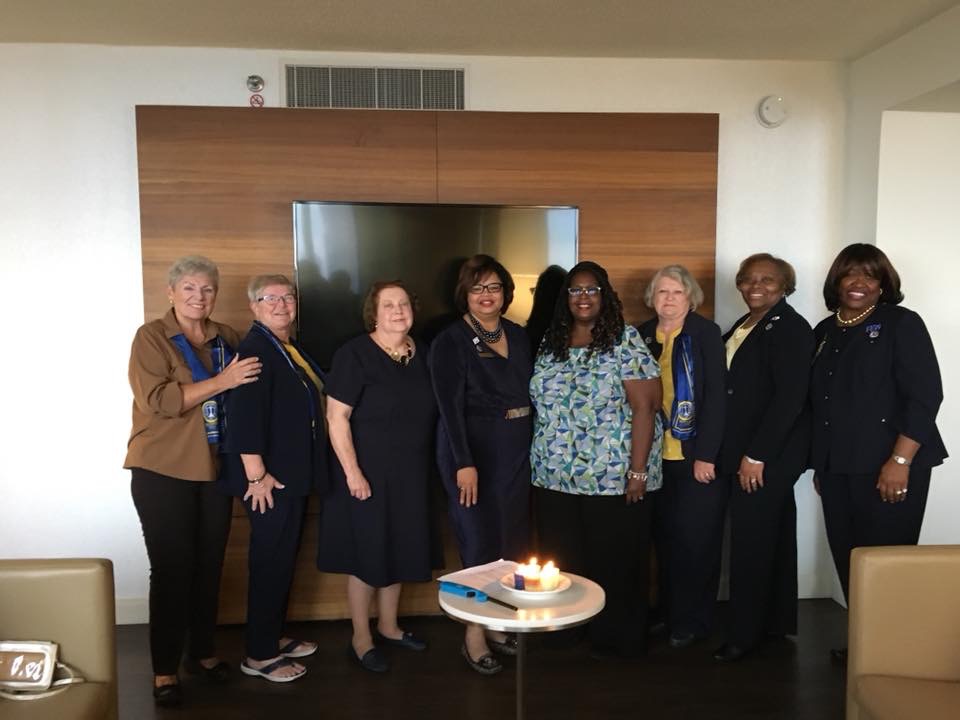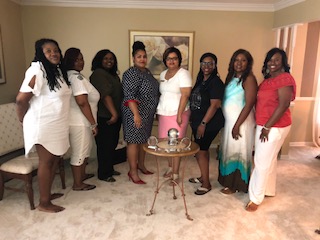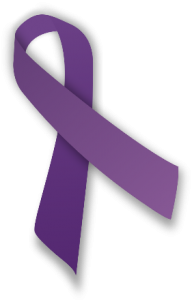
Domestic violence is best understood as a pattern of abusive behaviors–including physical, sexual, and psychological attacks as well as economic coercion–used by one intimate partner against another (adult or adolescent) to gain, maintain, or regain power and control in the relationship. Batterers use of a range of tactics to frighten, terrorize, manipulate, hurt, humiliate, blame, often injure, and sometimes kill a current or former intimate partner.
For more general information about domestic violence, including potential warning signs for emotional, physical, or sexual abuse, visit the National Domestic Violence Hotline‘s information page: Is This Abuse? Get the Facts.
Break the Cycle also provides more information about patterns of abuse and behaviors commonly experienced by youth in dating relationships.
To end domestic violence and sexual assault, we all need to be part of the solution. Educating yourself and others, helping a friend who is being abused, speaking up, and being an engaged bystander are all examples of things you can do to help.
Talking about these issues openly will help end the shame and stigma that domestic violence and sexual assault survivors are burdened with. The next time you’re in a room with 6 people, think about this:
- 1 in 4 women and 1 in 9 men experience violence from their partners in their lifetimes.
- 1 in 3 teens experience sexual or physical abuse or threats from a boyfriend or girlfriend in one year.
- 1 in 5 women are survivors of rape.
- 1 in 3 women and 1 in 6 men have experienced sexual violence in their lives.
- 1 in 4 women and 1 in 6 men were sexually abused before the age of 18.
Domestic Violence is a pattern of behavior used to establish power and control over another person through fear and intimidation, often including the threat or use of violence. Some signs of an abusive relationship include:
- Exerting strict control (financial, social and/or appearance).
- Needing constant contact including excessive texts and calls.
- Emotional abuse including insulting a partner in front of other people.
- Extreme jealousy.
- Showing fear around a partner.
- Isolation from family and friends.
- Frequent canceling of plans at the last minute.
- Unexplained injuries or explanations that don’t quite add up.
Silence and lack of knowledge about domestic violence (DV) and sexual assault (SA) play a large part in why they persist. Simply wanting to help and learn more is a huge step toward ending DV/SA. Once you understand how to recognize domestic violence and sexual assault, you can learn how to respond to someone who may need support, and also take steps to prevent these crimes going forward.
One important thing to remember: You are not alone in this. Hotlines take many, many calls from concerned friends and family who do not know what to do. Don’t be afraid to reach out and ask for help. These can be difficult, delicate conversations and it’s natural to want some guidance.
It takes courage for a survivor to share their story with anyone. As our board member Sukey wrote about her own experience, “It’s not just what happened that night. It’s everything that happened after.”
In listening to an individual’s story, your response can have an enormous impact on that person’s healing journey. We wanted to point you to some tools—words, actions and resources—that can help you support someone who shares their personal experiences with you. Although you can never take away what happened to someone, you can be a source of comfort.
Just remember, if someone shares their story with you that means you’re probably already a person they look to for support, compassion and guidance. You don’t have to be an expert—you just have to be yourself.
- Listen.
Sometimes you don’t even need words (or at least, a lot of words), to be there for someone. Many people share that just being able to tell their story to someone else lessens the weight of isolation, secrecy and self-blame. Remember, listening in and of itself is an act of love.
- Validate.
Think about a time when you felt vulnerable or faced a crisis, and think of what helped you the most. Chances are that it was not a specific conversation that you had, but it was the knowledge and comfort the person or people you told were there for you, believed in you, were on your side and were committed to supporting you through a hard time.
“I’m so sorry this happened to you.”
“I believe you.”
“This is not your fault.”
“You’re not alone. I’m here for you and I’m glad you told me.”
Often times, a survivor may feel like what happened to them is their fault. We are bombarded with victim-blaming myths and attitudes in our society, and they can sink in…deeply. But no action excuses a person hurting someone else. Violence and abuse is never the victim’s fault. That responsibility and shame lies with the perpetrator. It can be helpful to communicate that gently and repeatedly.
“Nothing you did or could’ve done differently makes this your fault.”
“The responsibility is on the person who hurt you.”
“No one ever has the right to hurt you.”
“I promise, you didn’t ask for this.”
“I know that it can feel like you did something wrong, but you didn’t.”
“It doesn’t matter if you did or didn’t _______. No one asks to be hurt in this way.”
- Ask what more you can do to help.
Violence and abuse is about power and control. It is vital for survivors to regain their sense of personal power and agency. Instead of pushing someone into taking actions for which they are not ready, ask how you can support them.
- Know where to point someone to for more help.
You can best help the survivor by offering options and leaving space for them to decide where to go from there. Here are some national resources—services that can point someone to local resources in your area.
Rape, Abuse & Incest National Network Sexual Assault Helpline
1.800.656.4673 | www.rainn.org
National Child Abuse Hotline
1.800.422.4453 | www.childhelp.org
National Domestic Violence Hotline
1.800.799.7233 | www.ndvh.org
National Teen Dating Abuse Helpline
1.866.331.9474 | www.loveisrespect.org
- Keep an open heart.
Remind them that you are available should they like to talk about their experiences further. The healing journey can be a long one, full of many challenging—but sometimes joyful and liberating—conversations. Knowing that you are there to support along the way can make a big difference for someone.
“If we are able to communicate only one thing about your role in a survivor’s journey, it is this: never ever underestimate your power to affect its course.”
– Maile Zambuto, Joyful Heart CEO
- Finally, care for yourself.
There is a limit to what we are able to take in and process. The stories of someone else’s hardships related to a traumatic event can impact or become a part of us. This experience of second-hand trauma—often called vicarious trauma—is a human response to coming face-to-face with the reality of trauma and the difficulties of the human experience.
It’s important to care for yourself as you support another person. You cannot be your best self in your supportive role if you find yourself too tired to listen with care and compassion, or overfilled with your own emotions in response to another’s trauma. These feelings are totally valid. Take some time after a conversation to enjoy the outdoors, or do a healthy activity that makes you feel good as a way of re-centering yourself.
Remember, you can be your best self for someone else when you give yourself the space to honor your own needs.
Resources:
National Resource Center on Domestic Violence
Know the Fact About Domestic Violence
Six Steps to Supporting a Survivor



